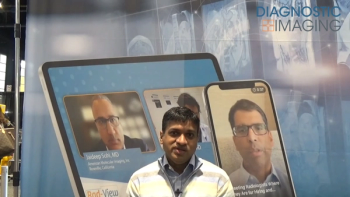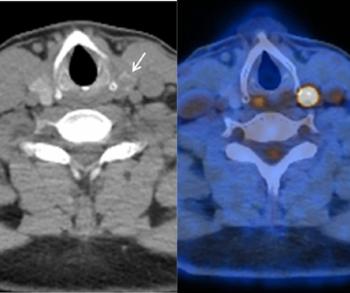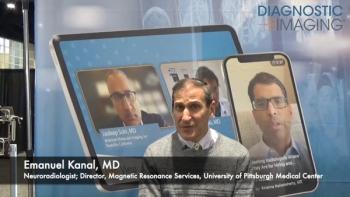
GE’s MR-Touch marks first commercial release of MR elastography
GE Healthcare unveiled at RSNA 2009 a software technique that uses low-frequency sound waves in combination with MRI to measure the elasticity of liver tissue as an indicator of disease.
GE Healthcare unveiled at RSNA 2009 a software technique that uses low-frequency sound waves in combination with MRI to measure the elasticity of liver tissue as an indicator of disease. The technology underlying this new product, called MR-Touch, was developed at the Mayo Clinic in Rochester, MN, and licensed to GE. It extends the principles of physical palpation and MR as a way to evaluate tissue stiffness.
GE is framing MR-Touch as a precise, noninvasive and cost-effective way to detect, monitor, and understand disease. The FDA-cleared technique detects changes in the liver that indicate the presence of disease. It can also be used to monitor disease progression and provide more informed preventive guidance. Perhaps most important, the method supports a comfortable experience for the patient.
MR-Touch will be commercially available as an option to GE's newly released wide-bore 1.5T MR scanner, the Optima MR450w.
Newsletter
Stay at the forefront of radiology with the Diagnostic Imaging newsletter, delivering the latest news, clinical insights, and imaging advancements for today’s radiologists.




























